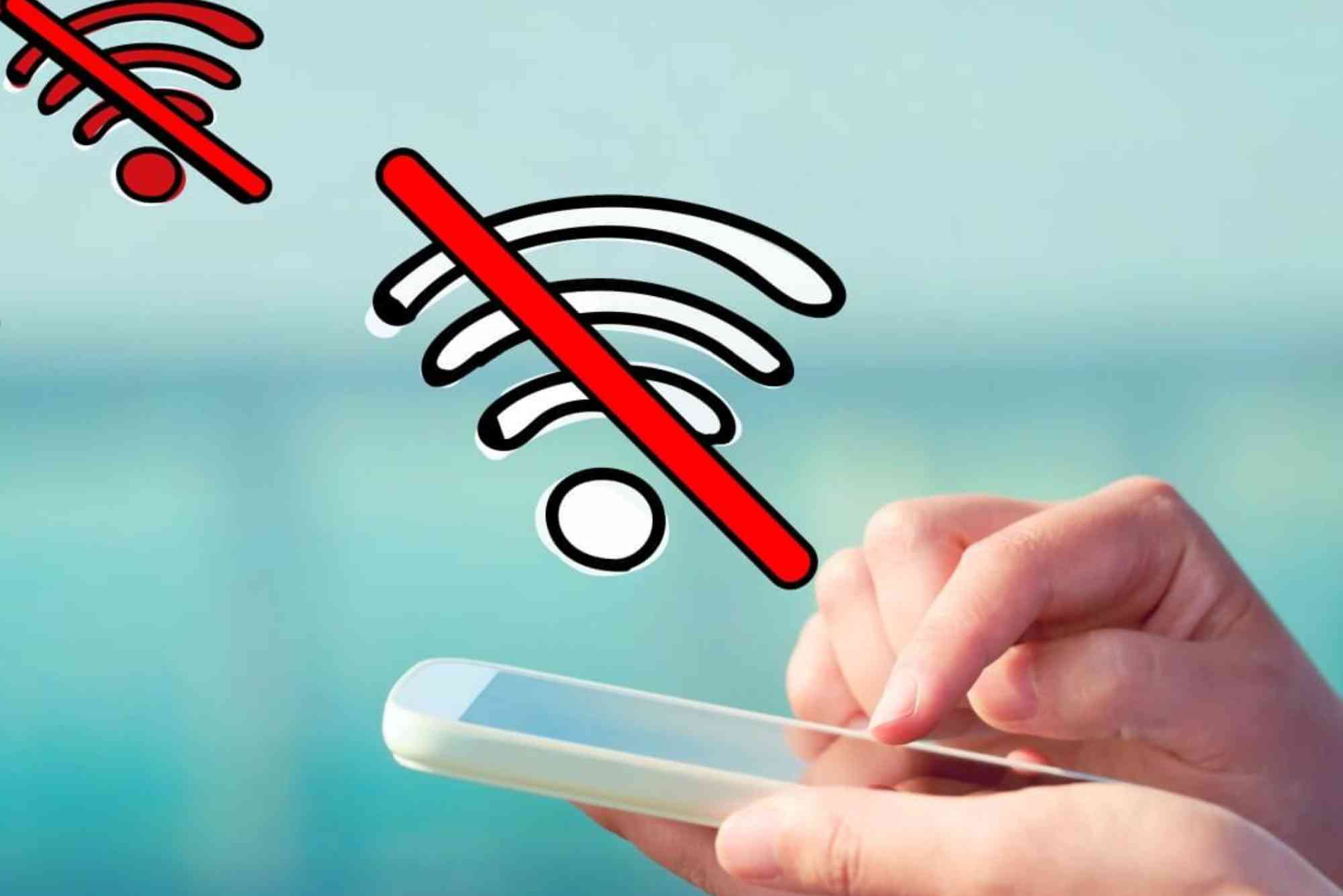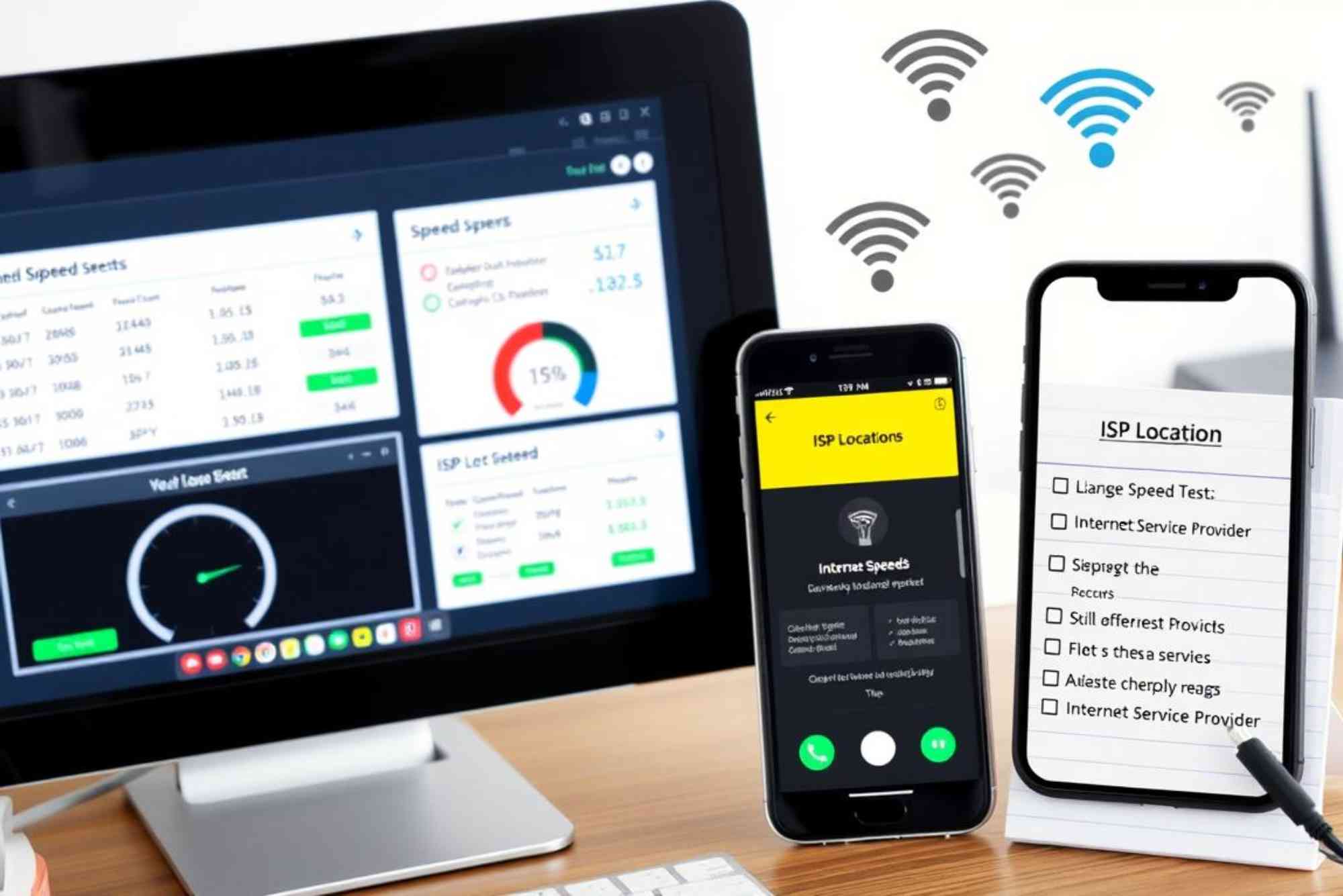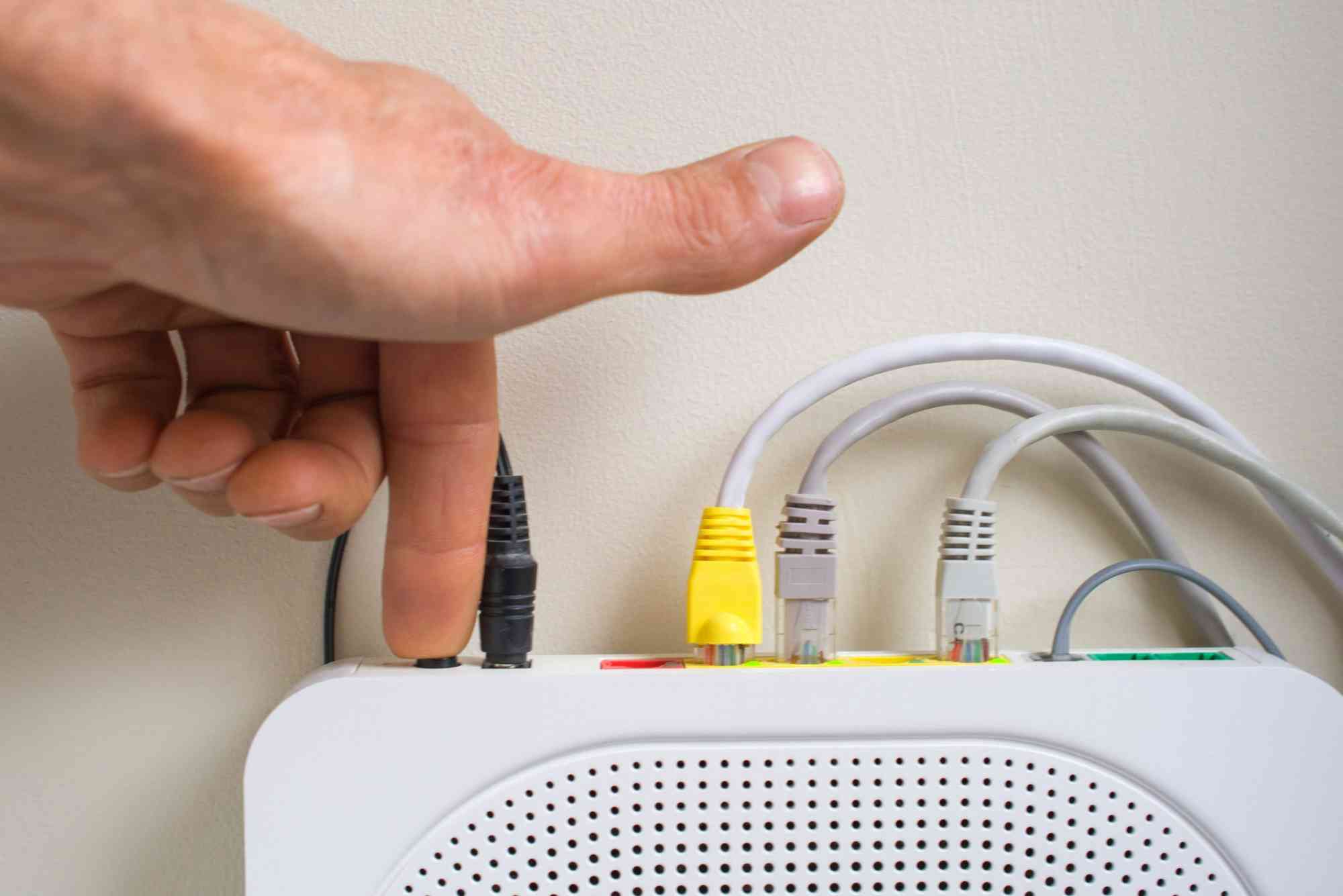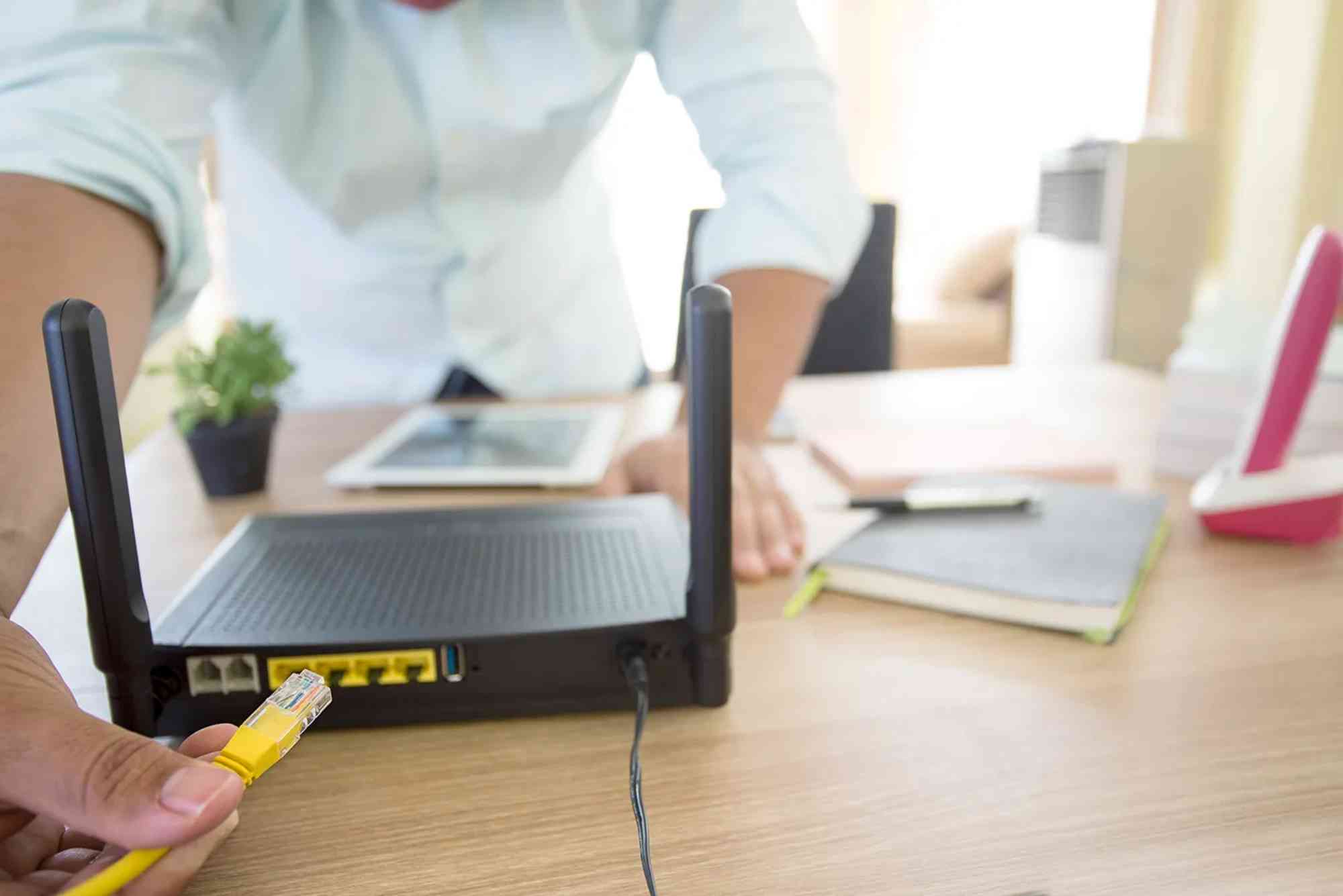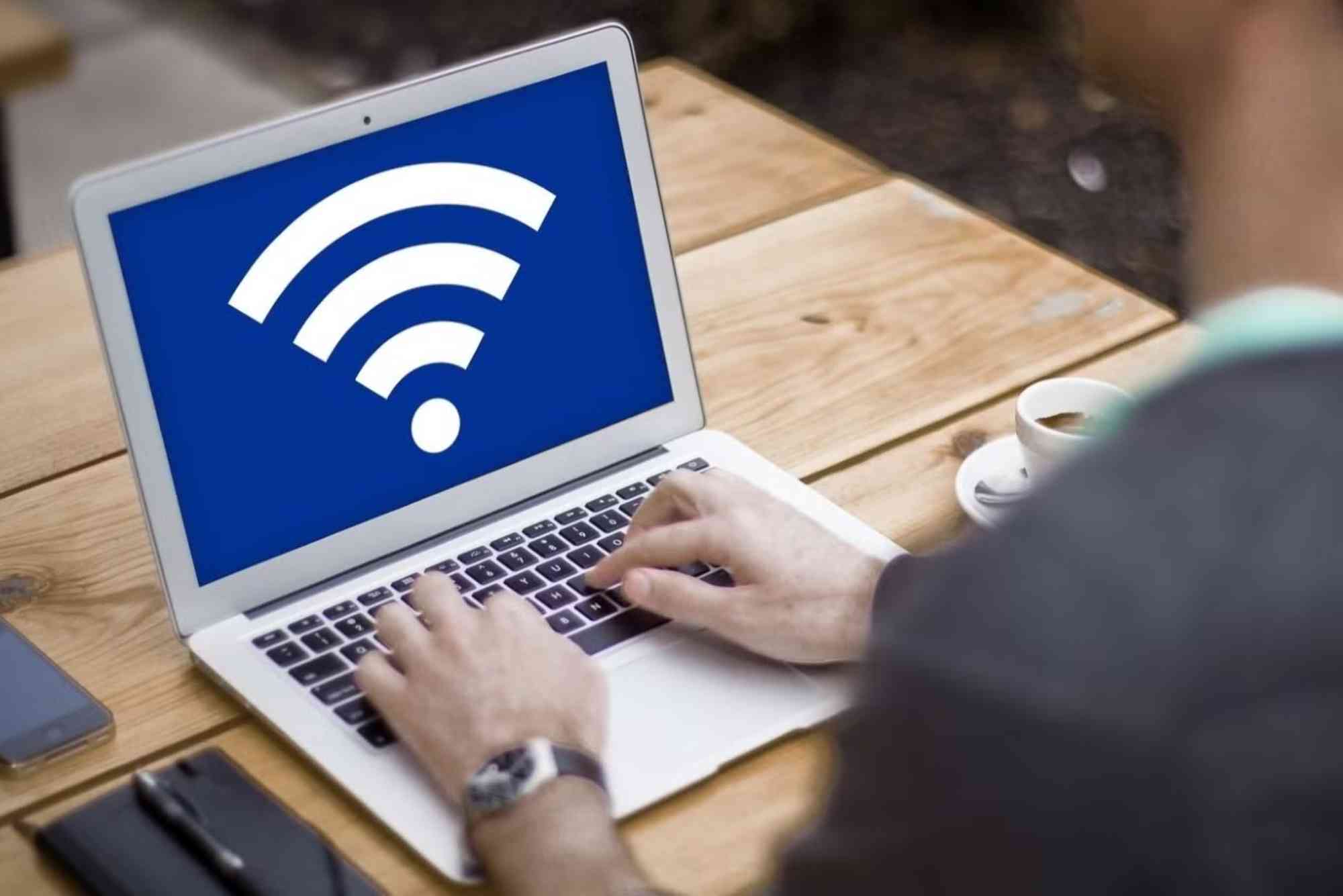How to Switch ISP Without Losing Internet Connectivity
Switching your internet service provider (ISP) can be stressful, especially if you rely on a stable connection for work or streaming. Many people hesitate because they fear losing connectivity during the transition. The good news is, with proper planning, you can switch seamlessly. In this guide, we’ll show you how to switch ISP smoothly while keeping your internet connection intact.
Why You Might Consider Switching Your ISP
Better Speeds and Performance
One of the primary reasons to switch ISPs is to get faster download and upload speeds. Upgrading can significantly improve streaming, online gaming, and remote work efficiency.
Lower Costs or Better Plans
Many ISPs offer competitive pricing and packages. Switching could save you money while providing more value for the services you use.
Improved Customer Support
If your current provider has poor customer service, switching can enhance your support experience and reduce frustrations.
Availability of Modern Technologies
Some ISPs offer newer technologies like fiber optic connections that provide more reliable and faster internet.
Switch ISP Smoothly
Switching ISPs without losing connectivity requires a step-by-step approach. Let’s break it down.
Research Your Options
Before making any changes, research available ISPs in your area. Compare speeds, plans, and customer reviews. Look for reliability, hidden fees, and contract terms.
- Check local forums and review sites.
- Ask friends and neighbors about their experiences.
- Evaluate coverage and technology (fiber, DSL, cable).
Prepare Your Current Setup
Before switching, ensure your home network is ready for a new connection.
- Backup important router settings and configurations.
- Keep your old modem or router handy in case the new ISP requires temporary use.
- Confirm if your current equipment is compatible with the new ISP.
Schedule the Switch
Timing is crucial to prevent downtime. Many people experience connectivity gaps because they cancel their old service too early.
- Contact the new ISP to schedule activation.
- Avoid disconnecting your current service until the new one is active.
- Ask the provider if they can assist with equipment setup during installation.
Install the New Service
When the new ISP is ready, follow these steps:
- Set up the new modem and router as instructed.
- Test the connection using multiple devices to confirm stability.
- If possible, configure your Wi-Fi network before fully canceling your old ISP.
Switch Over Devices
After the new connection is live, ensure all your devices are properly connected.
- Update Wi-Fi passwords on phones, computers, and smart devices.
- Reconfigure any static IP addresses or custom DNS settings.
- Test streaming, gaming, and work-related connections to confirm full functionality.
Cancel Your Old ISP
Once your new ISP is working perfectly, you can cancel the old service.
- Review your contract for early termination fees.
- Return any rented equipment promptly.
- Confirm final billing and ensure no unexpected charges.
Tips for a Smooth ISP Transition
Keep Both Services Overlap
Maintaining both connections for a short overlap period ensures you won’t experience downtime.
Use Your New ISP’s Installation Assistance
Many providers offer professional installation. This can reduce errors and speed up setup.
Test Internet Thoroughly
Before canceling your old ISP, test your new internet speed, Wi-Fi coverage, and device compatibility.
Backup Data and Settings
Always backup router settings, device configurations, and important files to prevent data loss during transition.
Consider Bundled Services
Some ISPs offer bundled packages with TV, phone, or smart home features. Bundling can save money and simplify billing.
Common Challenges and How to Avoid Them
Equipment Compatibility Issues
Check if your router or modem works with the new ISP. Some ISPs require proprietary equipment.
Early Termination Fees
Review your current ISP contract. Factor in any penalties for early cancellation.
Temporary Downtime
Schedule the switch carefully and maintain the old service until the new connection is verified.
Service Activation Delays
Confirm installation timelines with your new provider. Stay in contact if any delays occur.
Choosing the Right ISP for Your Needs
When switching, it’s crucial to select a reliable provider. Companies like Dhanote Internet Services offer excellent local support, fast connectivity, and seamless installation services. Choosing a reputable ISP ensures you won’t face repeated interruptions.
- Visit Dhanote Internet Services for more information on available packages.
- Compare plans and read customer reviews to make an informed decision.
FAQs
Q1: Can I switch ISPs without losing internet?
Yes, if you maintain your old connection until the new one is active, downtime can be avoided.
Q2: How long does it take to switch ISPs?
Activation times vary. Some providers can set up the service within 24 hours, while others may take a few days.
Q3: Do I need to buy new equipment?
It depends on your new ISP. Some allow you to use your existing modem or router, while others provide specific devices.
Q4: Will my IP address change when I switch ISPs?
Yes, most ISPs assign a new IP address, which may affect services that rely on static IPs.
Q5: Can I keep my old ISP for backup?
Yes, keeping both services temporarily ensures uninterrupted connectivity during the transition.
Switching your internet service doesn’t have to be stressful. By following these steps and planning carefully, you can maintain a stable connection throughout the transition. Remember to research providers, schedule installations wisely, and test your new setup thoroughly.
If you want a reliable ISP with excellent support and smooth installation, consider Dhanote Internet Services for hassle-free connectivity. Don’t wait—upgrade your internet experience today!



